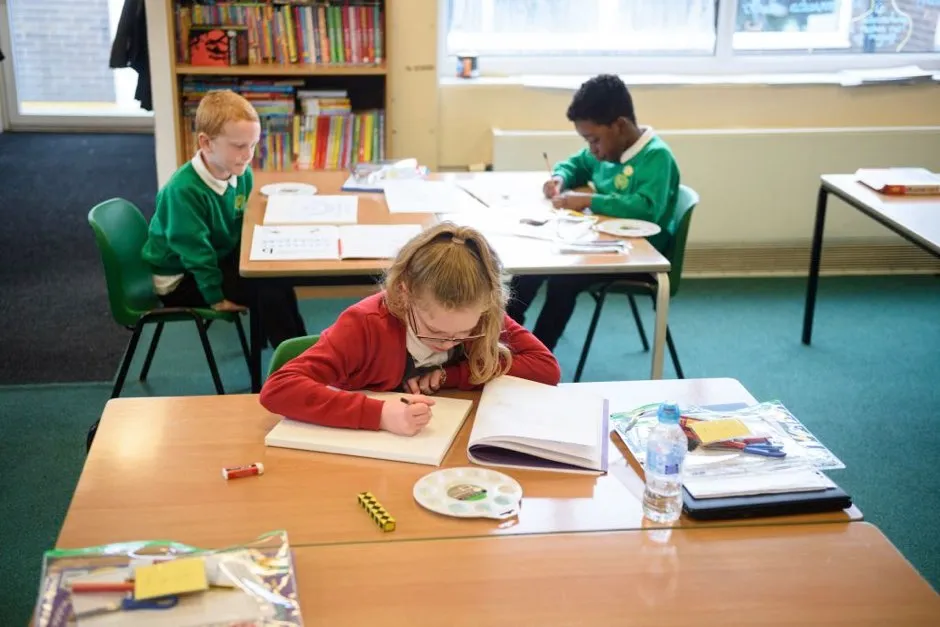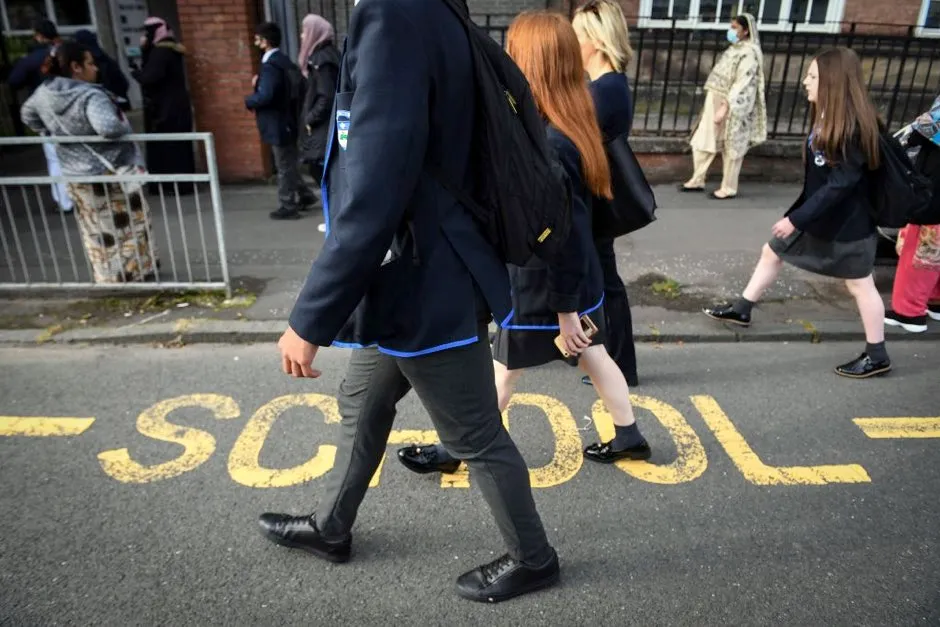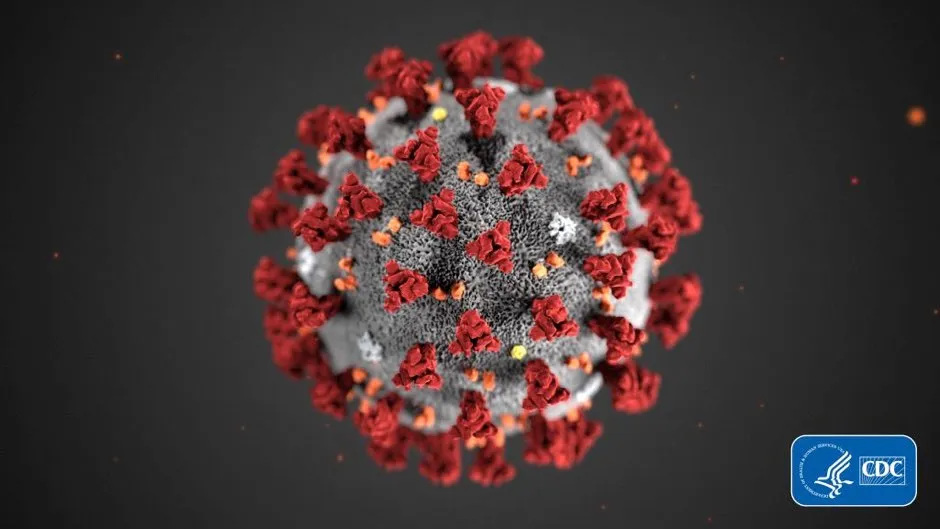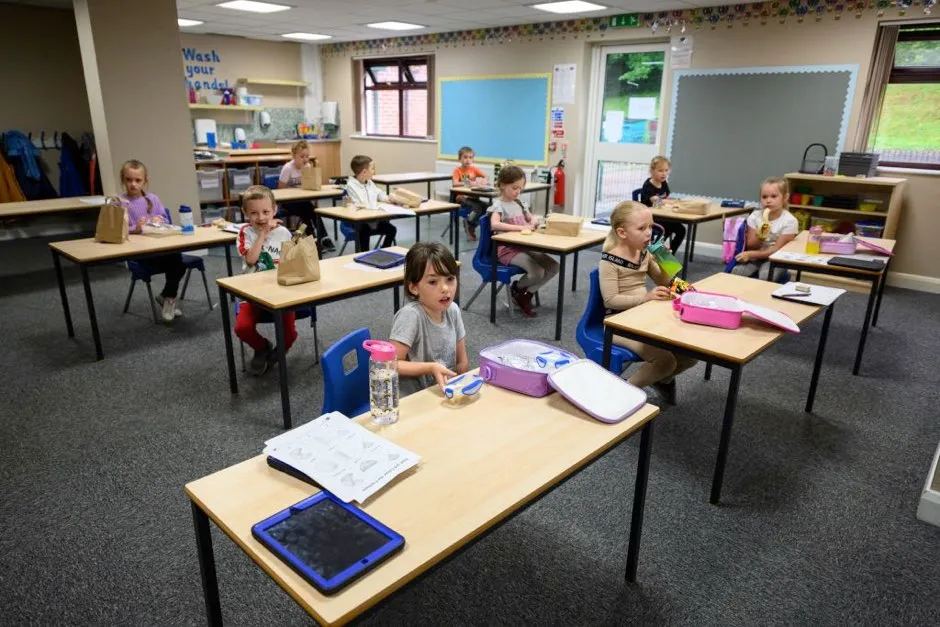Children under the age of 16 accounted for 1 per cent of coronavirus cases in the first peak of COVID-19 in England, a new study has concluded.
The authors said that their study provides further evidence for the “limited role of children in the pandemic”.
The study, led by Public Health England (PHE), comes after Prime Minister Boris Johnson said getting all children back to school full-time in England next month is the “right thing for everybody” amid calls to boost coronavirus testing and tracing to ensure a safe return.
Read more about children and coronavirus:
- COVID-19 fatalities 'very rare' in children
- BAME children 'more at risk' of rare COVID-19-related syndrome
- Aleks Krotoski | "Despite school closures, our children will be OK"
Between 1 January and 3 May 2020, 129,704 out of 540,305 people tested positive for the novel coronavirus – also known as SARS-CoV-2 – in England, the authors wrote in the Archives of Disease in Childhood journal.
The first confirmed case involving a child was on 29 February. Cases among children started to increase during the second week of March and peaked on 11 April 2020 before declining gradually – a similar trend seen in adults.
Overall 35,200 tests were performed on children under the age of 16 and there were 1,408 cases among children aged 15 – meaning around 4 per cent of all children tested had a positive result.This compared to 19.1-34.9 per cent positive results among tested adults.
When considered in light of positive cases among all age groups, children accounted for 1.1 per cent of all cases of COVID-19. Just over half (53 per cent) were boys.

The highest number of positive cases in children were among children under the age of three months – but researchers said that this was just a reflection of the higher number of tests done among children in this age bracket.
They said that young infants are more likely to have more tests done when they are unwell and parents are more likely to take them to a doctor if they are younger.
Read the latest coronavirus news:
- American vaccine produces 'robust immune response' in human trials
- Drinking in pubs creates 'perfect storm' for spreading coronavirus
- Asymptomatic coronavirus found in 'up to 20 per cent of people'
During the study period there were eight deaths of children confirmed to have COVID-19.
In four cases “another cause (of death) was identified and SARS-CoV-2 was reported to be incidental or an indirect contributor to death”, the authors wrote.
And among four children aged 10 to 15 who died, three had “multiple” other health conditions, they wrote.
The authors added: “There has been no increase in excess deaths in children aged 0–15 years until 3 May 2020 [the end of the study]”.

They conclude: “The experience in England adds to the growing body of evidence on the limited role of children in the COVID-19 pandemic, with just over 1 per cent of confirmed cases occurring in children.
“Children accounted for a very small proportion of confirmed cases despite the large numbers of children tested.
“SARS-CoV-2 positivity was low even in children with acute respiratory infection.
“Our findings provide further evidence against the role of children in infection and transmission of SARS-CoV-2.”
Previous research has implied that lower infection rates among children may be due to “lower expression of the cell surface enzyme ACE2 in the nasal epithelium of children compared with adults”.
ACE2 is a protein on the surface of cells to which SARS-CoV-2 binds, and can be found on the cells on the inner lining of the nose. Previous research has implied that the lower risk in children may be down to the fact they have lower expression of this enzyme in the inner lining of their nose.
The authors of the current paper say that a “key” unanswered question remains whether children without symptoms might be contributing to community transmission of the virus.
But they point to other research which shows low infection rates among children and a separate study which found that among household infections children were “never the first to be infected or to be the source of infection in the household”.

The authors, which include experts from PHE, the University of Oxford, the Evelina children’s hospital, King’s College London and the London School of Hygiene and Tropical Medicine, concluded: “England is currently nearing the end of the first peak of the COVID-19 pandemic.
“Consistent with other countries, children account for a very small proportion of confirmed cases and have very low case-fatality rates. Despite the large number of children tested, only 4 per cent were positive for SARS-CoV-2.”
Read more about how to stay safe:
- How can I protect myself from the coronavirus when shopping?
- Is hand-washing really the best thing we can do to stop the spread of COVID-19?
- Should we all wear face masks?
Lead author Dr Shamez Ladhani, from PHE, added: “It is still not clear why young children have such a low risk of infection compared to older children or adults. One theory is that, compared to adults, children have fewer ACE2 receptors which the virus can bind to in cells that line the respiratory tract.
“The way the immune system reacts to the virus is also likely to be different in children compared to adults.
“Whilst these numbers are reassuring for children, they include a long period of complete lockdown where children were less likely to have been exposed to the virus.”
And he cautions: “We need to remain vigilant as the lockdown eases and children have increased contact with other children and adults in the coming weeks. In particular, we need more information about asymptomatic infections and silent transmission.”

PHE said that an analysis of COVID-19 cases in educational settings in England, and the preliminary results of its nationwide study of antibody prevalence in schools, will be published “in the coming weeks”.
Commenting on the study, Professor Russell Viner, president of the Royal College of Paediatrics and Child Health, said: “These data are high quality and very useful and confirm international evidence that children and young people as a group are little affected by this virus, even showing a slight reduction in total excess deaths.
“Any death of a child is one too many, however, even the extremely low COVID-related death rate is an overestimate as COVID-19 infection appeared incidental in half those who died.
“Testing of symptomatic cases can be misleading about the chances of transmission, as children are much less likely to be symptomatic than adults, however, these data provide another part of the jigsaw that together tells us that children play only a minor role in this pandemic.”
Read more about children's education:
- How to help your kids to learn to code
- Should homework be banned?
- Smartphones won’t make your kids dumb. We think.
Dr Mike Tildesley from the University of Warwick, added: “These results provide further supporting evidence that the reopening of schools in September should represent an extremely low risk to any individual child, though it is important to recognise that, despite these low numbers, we would expect that children may play a role in the transmission process.
“With this in mind, the vast majority of parents should feel reassured regarding the safety of their children when schools reopen, though given the likely role of infected children in transmission, parents and teachers with underlying health conditions may need to take precautions in order to minimise their own risk over the coming months.”
Reader Q&A: Do children have a better sense of smell than adults?
Asked by: Tim Harrison, Sutton
Newborns can only smell a few different things, such as their mother’s body smell. Sense of smell improves up to about the age of eight. But from the age of 20 (or even 15, according to some studies), the sense gently declines. Yet some studies have found that children can’t detect certain musk odours until they reach puberty.
Read more:
